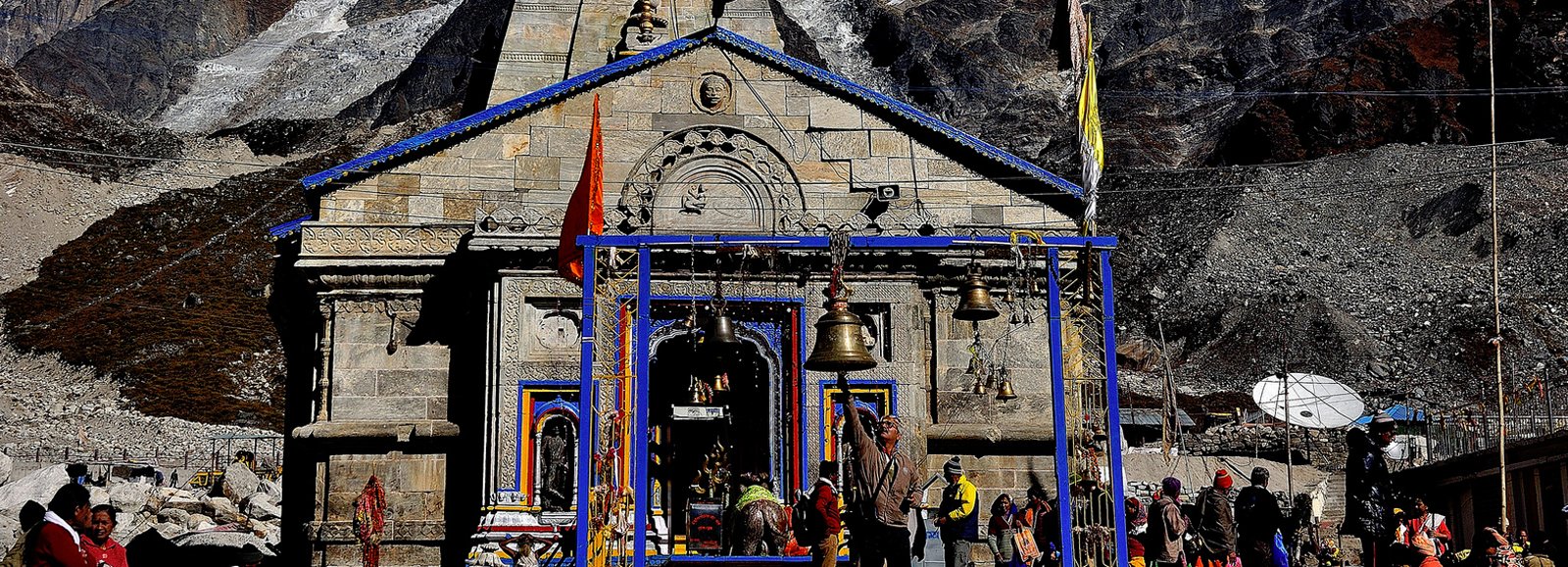
Kedarnath Dham
About Kedarnath Dham
Kedarnath, a popular Hindu temple, tucked away in the lap of Garhwal Himalayas, some 221 km from Rishikesh in Uttarakhand, is one of the twelve Jyotirlinga temples of Lord Shiva. Lying against the backdrop of the magnificent Kedarnath Mandir Range, at an altitude of 3580 meters, the splendid Kedarnath Dham is where the devotees come seeking the blessings of Lord Shiva. Kedarnath Mandir is said to have been constructed by Adi Shankaracharya in the 8th century A.D. The nearby flowing Mandakini River, mesmerizing vistas and splendid sceneries in the form of the snow-clad mountains, rhododendron forests, and salubrious environment make Kedarnath Dham Yatra, a tranquil and picturesque place to be at.
The devotees experience immense peace of mind while undertaking a Kedanath temple spiritual tour. The temple and nature’s milieu is so divine that it always rekindles human beings’ faith in the Almighty. The temple has survived one of the worst flash floods in 2013 of all time in the state, hence enhancing its sacredness and the mystique in the eyes of the devotees. Devotees flock to Kedarnath pilgrimage tour site every year,as a part of Chardham Yatra circuit. Indeed, Kedarnath in Uttarakhand is one of the most prominent pilgrimages, particularly for the Hindus and spiritual seekers.
Kedarnath Temple Opening & Closing Dates 2024
The Kedarnath Temple opens every year in the month of April/May for the devotees and closes in winter around the third week of November. Thus, the temple is shut down for six months every year during which prayers to deity of Lord Shiva continues at Omkareshwar Temple in Ukhimath.
The dates for opening date of Shri Kedarnath Temple is announced by the priests on the auspicious day of Maha Shivaratri. This year in 2024, Kedarnath Temple shall open on 10 May 2024.
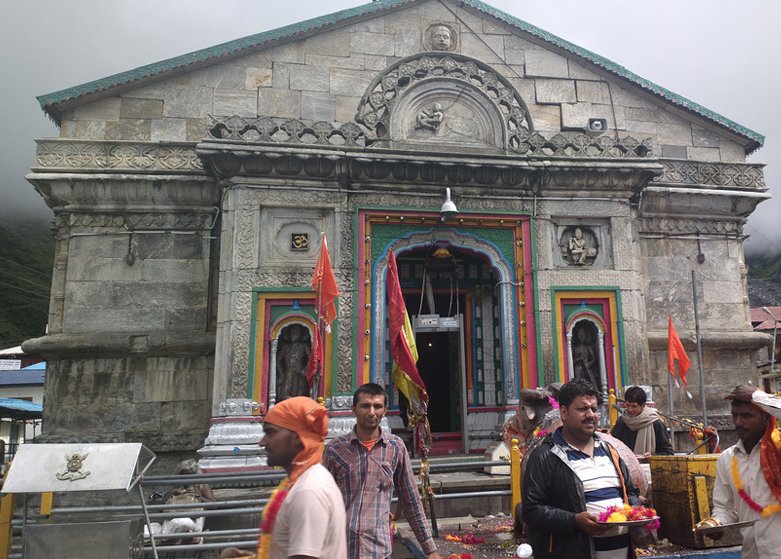
Best Time to Visit Kedarnath Temple
Due to its elevation and geographical location, Kedarnath Temple remains open to the pilgrims for a period of six months. The end of April or beginning of the month of May is chosen for the opening of the portals of this high altitude sacred Hindu shrine. The temple closes right after Diwali and its deity is brought to Ukhimath where its worship continues for next six months of winter. Therefore the best time to visit Kedarnath Dham is between April and November with April to mid-June and October to mid-November being ideal most.
-

Summer
The month of April marks the beginning of summer season in Uttarakhand. It is the time of the year when the ice melts and with the help of the army, the roads are cleared for the commencement of pilgrimage from April end. The average temperature in Kedarnath during summer ranges from 2℃ to 19℃.
-

Monsoon
Mid-June marks the commencement of monsoon season in Kedarnath. Even though the temperature touches the mark of 19℃, heavy rains keep it a tad difficult for trekking. Though it has to be noted with right gears and guidance, you can still trek to Kedarnath in monsoon season.
-

Winter
The portals of Kedarnath close in the winter season that begins right after the day of Diwali. The temperature dips to sub zero and the deity from the temple is brought to Ukhimath to be worshipped for next six months.
Kedarnath Temple History
The sacred shrine of Kedarnath is said to have been built in the 8th century AD by Adi Shankaracharya at the place adjacent to a spot where the Pandavas of the Mahabharata fame are believed to have constructed a temple. The most popular legend of Kedarnath takes us to the time of Pandavas who after killing their half-brothers, Kauravas in the infamous war were seeking forgiveness from Lord Shiva on the advice of Lord Krishna. It was in Guptkashi that they could spot Lord Shiva who was hiding from them disguised in the form of Nandi, the bull. But one of the Pandavas, Bheema could identify Lord Shiva and chased to only catch him through his tail, while the rest of the body vanished, through a secret cave underneath the ground.
Lord Shiva, who disappeared from Guptkashi reappeared in five different forms namely, hump at Kedarnath, face at Rudranath, arms at Tungnath, navel, and stomach at Madhyamaheshwar and the locks at Kalpeshwar. Another tale about Kedarnath is related to Nar Narayan who went to Badrika Village to worship Parthiva and as a result Lord Shiva appeared before them. Nara-Narayan asked Shiva to remain there in his original form for the welfare of the humanity. Granting their wish, Lord Shiva stayed in that place which is now known as Kedar, thus he is known as Kedareshwara.
Activities around Kedarnath
The surroundings of Kedarnath Temple that imbibe the charm and divine aura of the shrine has spectacular attractions on offer. While sightseeing makes the most part of the activities around Kedarnath, there is a fair chance of paying homage to other sacred temples and relishing adrenaline filled trekking expeditions as well.
- A dip at Gaurikund
- Witnessing the mesmerizing Gandhi Sarovar
- Trekking to the high-altitude Vasuki Tal
- Paying respect at the Adi Shankaracharya Samadhi
- Chopper/Helicopter Ride around Kedarnath
- Visiting the sacred Triyuginarayan and Bhairav temples
Travel Tips: Top 5 Things to Know Before Going to Kedarnath Yatra
- Amongst all four Dhams, Kedarnath has longest and toughest trek, so be prepared for it
- The weather in Kedarnath may cold despite being your trek in the summer season. So carry enough warm clothes
- Kedarnath is situated at a high altitude and there are chances that you suffer altitude sickness. Thus, carry appropriate medicines like Diamox
- In the monsoon season, the trekking trail to Kedarnath might become challenging, carry trekking gears and rainproof coats and boots to make it to the temple safely
- It is advisable to carry glucose and water, or any other edible like a chocolate bar that can give immediate energy while trekking
Top Places to Visit Around Kedarnath
Kedarnath boasts of some picturesque and soul-soothing surroundings which include surreal high altitude lake like Vasuki Tal, the snow-clad mountains, soulful destinations like Ukhimath and Rudraprayag and sacred destinations like Gaurikund. These places come together to weave an aura that must not be missed.
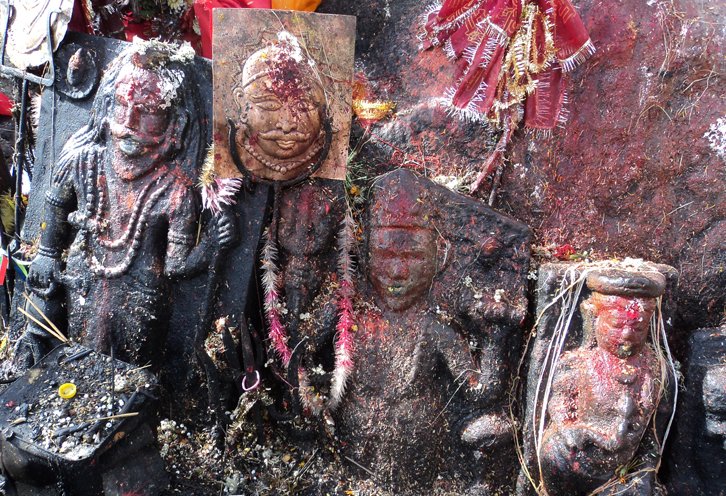
Gauri Kund
The sacred hot spring from where begins the trek to Kedarnath Temple, Gauri Kund is named after the consort of Lord Shiva, Goddess Parvati or Gauri. It is believed it was here that Gauri performed asceticism and penance to win over the heart of Lord Shiva. It is also said that this is the place where Lord Shiva agreed to marry Gauri.
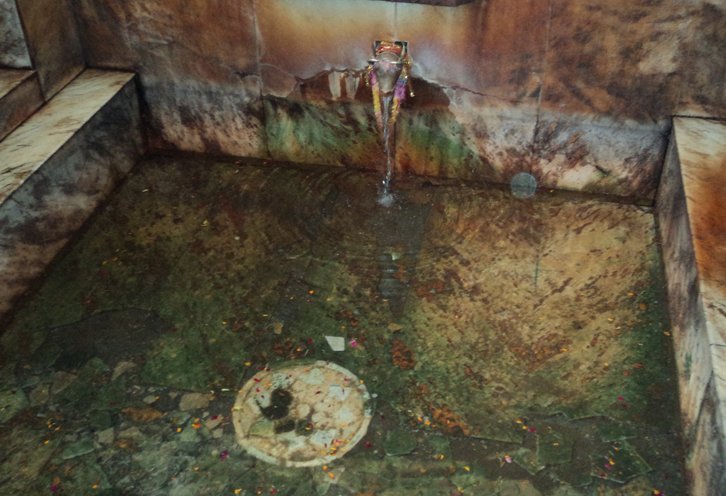
Vasuki Tal
At a short distance away from the divine temple of Kedarnath lies a breathtaking emerald lake, Vasuki Tal. It is believed that here Lord Vishnu took a bath on the auspicious day of Rakshabandhan, thus the name Vasuki. The scenic vista from this place makes it a must visit around Kedarnath.
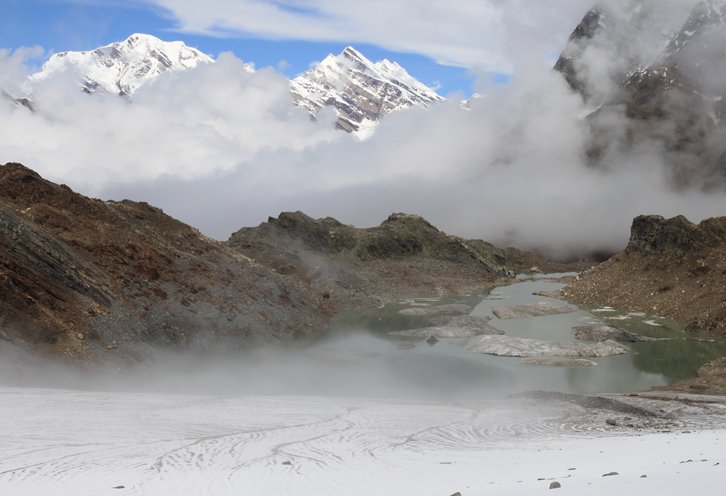
Madhyamaheshwar Temple
One of the Panch Kedars, Madhyamaheshwar is said to be the place where the navel or middle part of the body fell. The trek to the temple is an arduous but gorgeous one taking pilgrim through thick foliage and open rolling meadows.
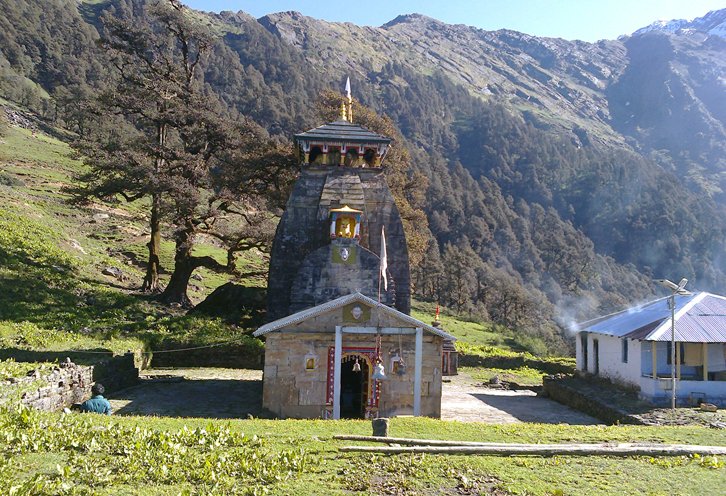
Triyuginarayan Temple
Reckoned to be the place where Lord Shiva and Goddess Parvati tied the knot of marriage witnessed by Lord Vishnu, Triyuginarayan Temple is situated in the Rudraprayag district. The temple is famed for the perpetual fire that is said to be burning since the time of the wedding of Lord Shiva and Goddess Parvati.
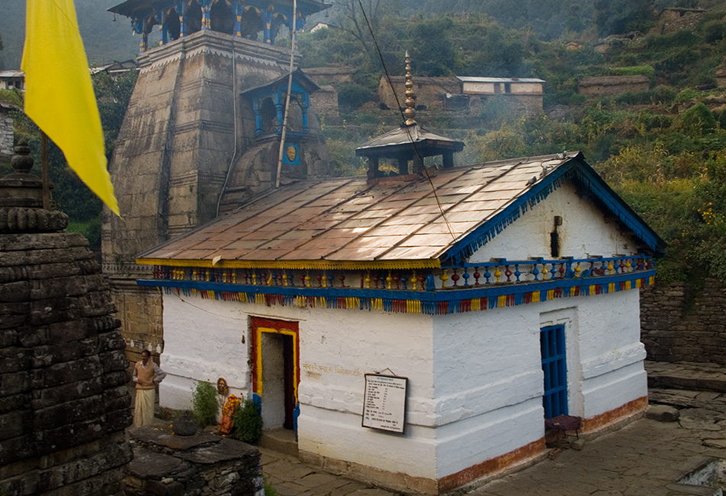
Tungnath Temple
Believed to be the highest Shiva temple in the world, Tungnath Temple is also one of the Panch Kedars. To be reached only by trekking, Tungnath is said to be the place where the hands or limbs of Lord Shiva fell.
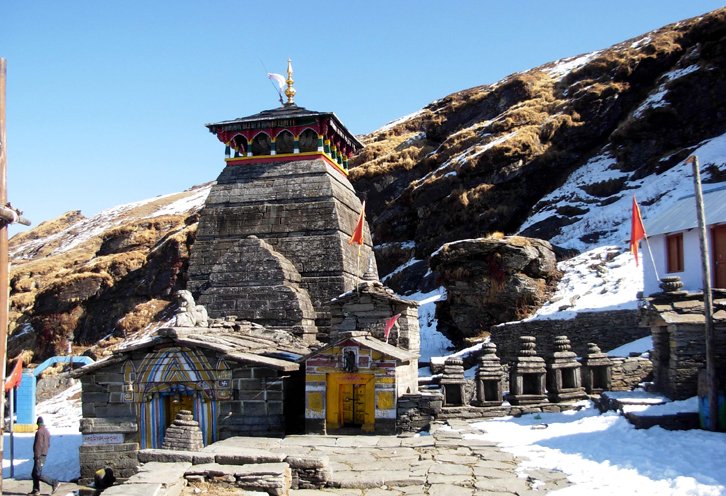
Guptkashi
Believed to be the place from where Lord Shiva disappeared into the earth to escape meeting the Pandavas, Guptkashi is largely famous for its Vishwanath Temple and multiple Shivlingas, adding to the divinity of this destination.
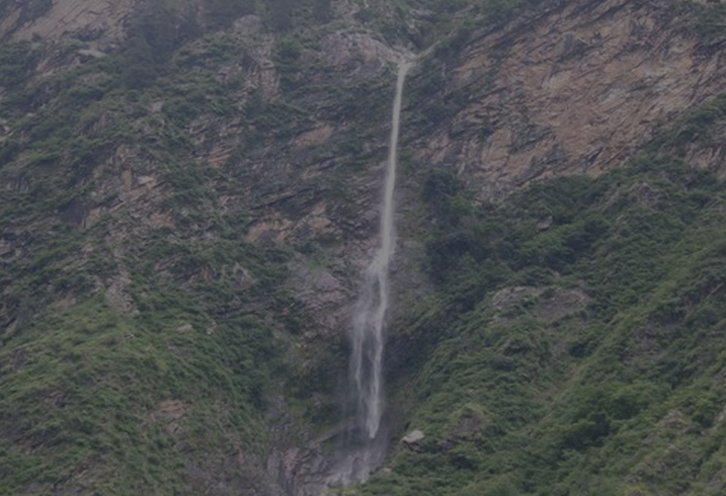
Ukhimath
The winter abode of the deities of Kedarnath and Madhyamaheshwar temples, Ukhimath is indeed an important pilgrimage site in Uttarakhand. It is also reckoned to be the place where the wedding of Usha (Daughter of Vanasur) and Anirudh (Grandson of Lord Krishna) was solemnized.
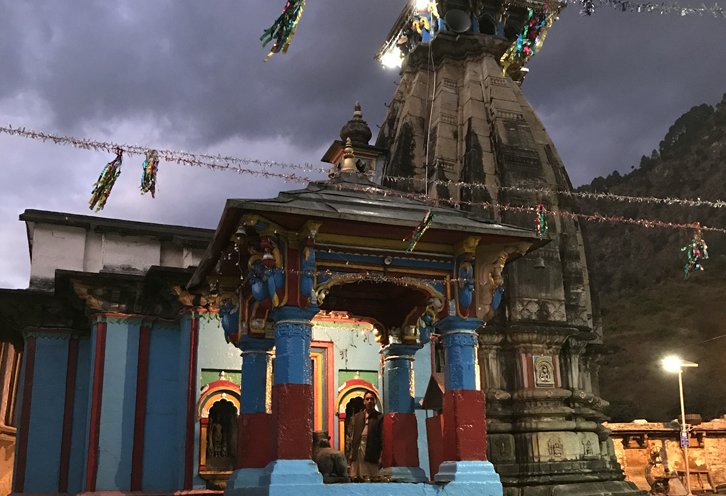
Best Hotels to Stay in Kedarnath
While the GMVN offers you a comfortable camping facility in Kedarnath, there are decent accommodation laid for you in places like Guptkashi, Deosal, Kedarpura, Kothera and Kedarnath Sitapur NH-58. From mid-range to budget, there are accommodations that can proffer you enough comfort and other services to make your stay in Kedarnath quite memorable.
Our Latest Blogs
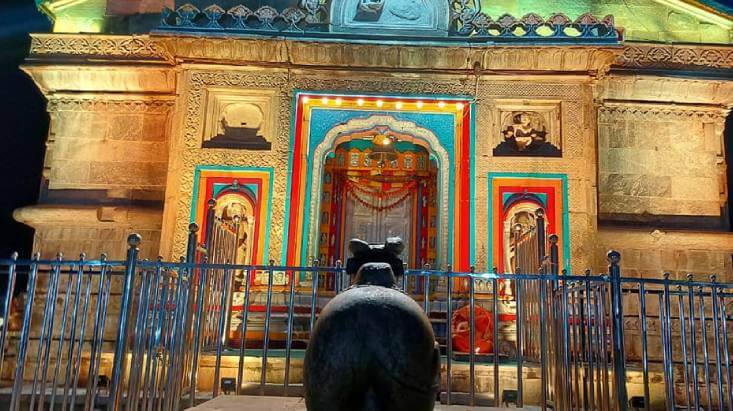
09 Nov, 2023
10 Famous Temples to Visit in India
India is a land where ancient stones whisper tales of devotion and timeless rituals. Known for high spirituality and devotion, The Indian culture has given the country various pilgrimage sites that will soothe your mind. Here are the top 10 temples of India, each a masterpiece of architectural grand
More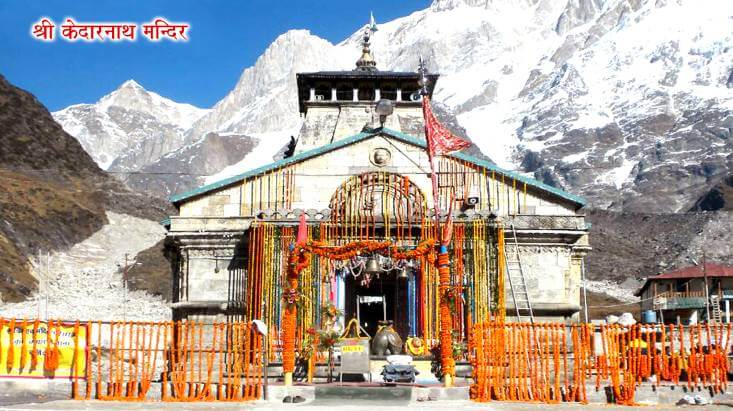
27 Mar, 2023
Latest Travel Guidelines of Char Dham Yatra 2025
Chardham Yatra is a highly revered Hindu pilgrimage that involves visiting four holy shrines located in the Uttarakhand state of India. The four shrines are Yamunotri, Gangotri, Kedarnath, and Badrinath, and they are collectively known as the Chardham. The journey to these four holy shrines is ch
More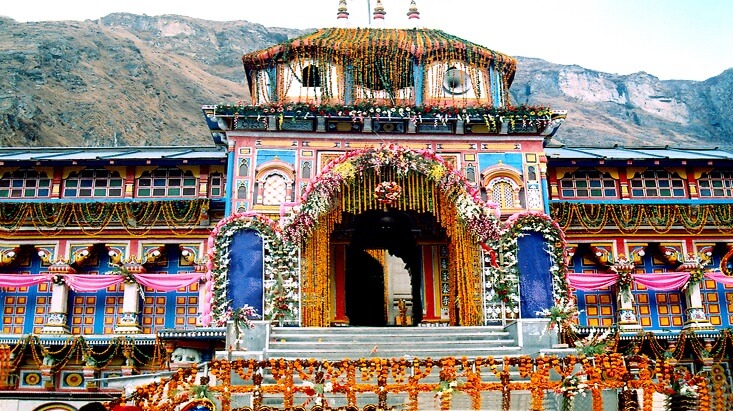
27 Jan, 2023
Portals of Badrinath Temple to Open on May 4, 2025
As per the latest Char Dham Yatra 2025 update, the portals of Badrinath Temple will open on May 04 at 6:00 AM for the upcoming Char Dham Yatra in the Himalayas. The official announcement of the opening of the Badrinath temple is shared by the Badrinath-Kedarnath committee on the auspicious day of Ba
More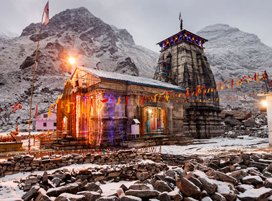

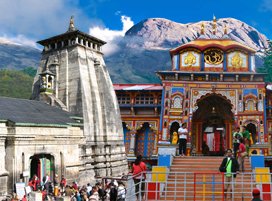
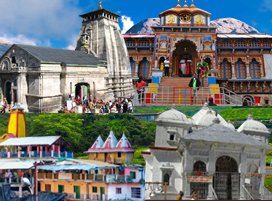
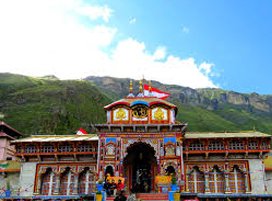
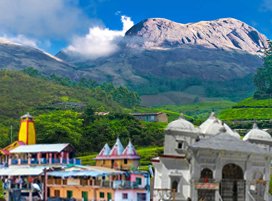
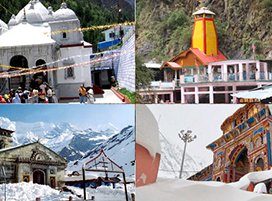
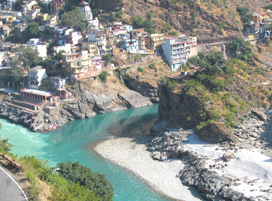
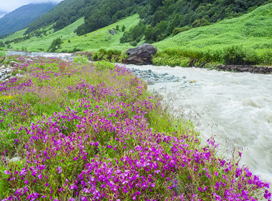


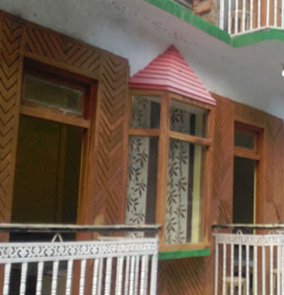
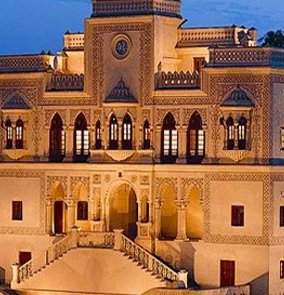


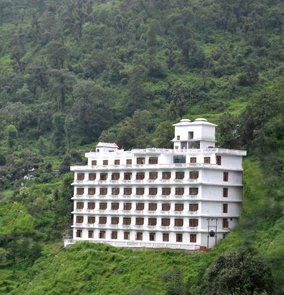
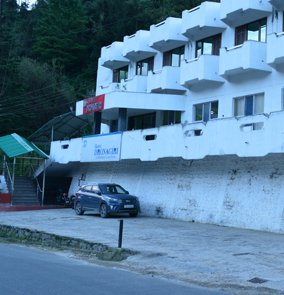

 Share
Share Home
Home Packages
Packages Book Now
Book Now